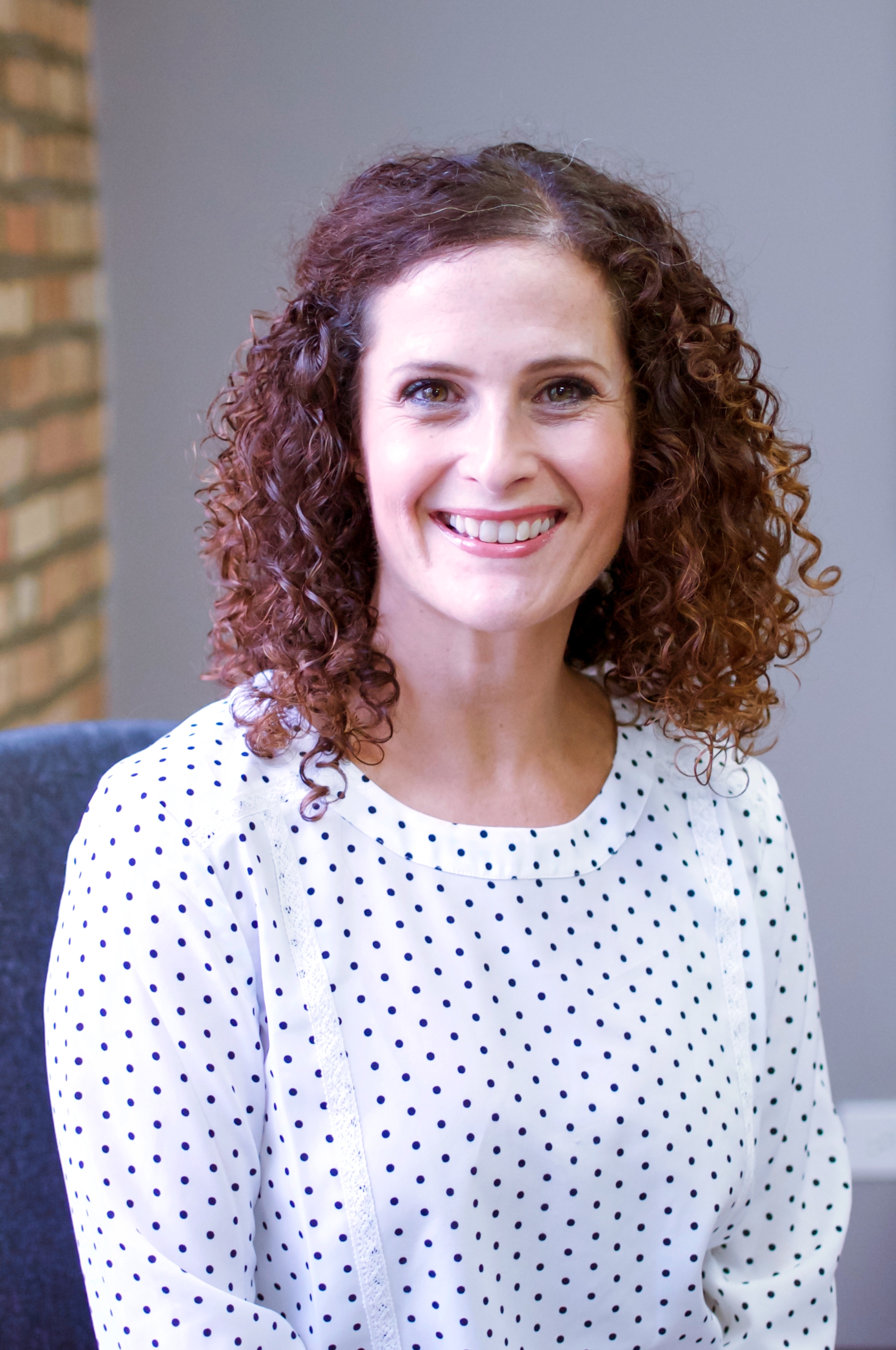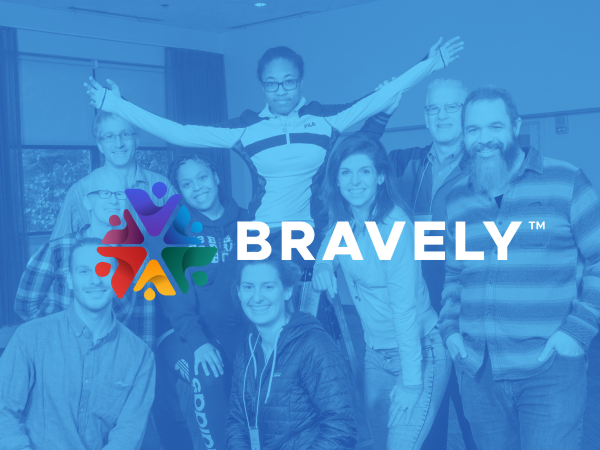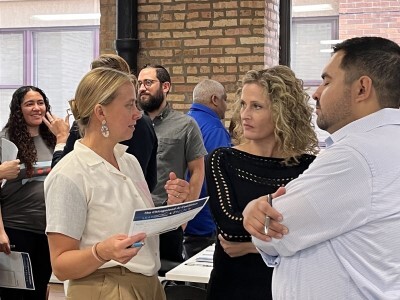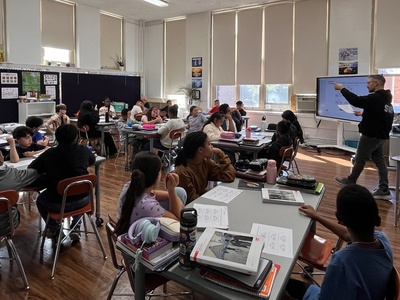Professional Learning
Distinctive Schools Educators Learning, Designing, and Leading Together
Topics
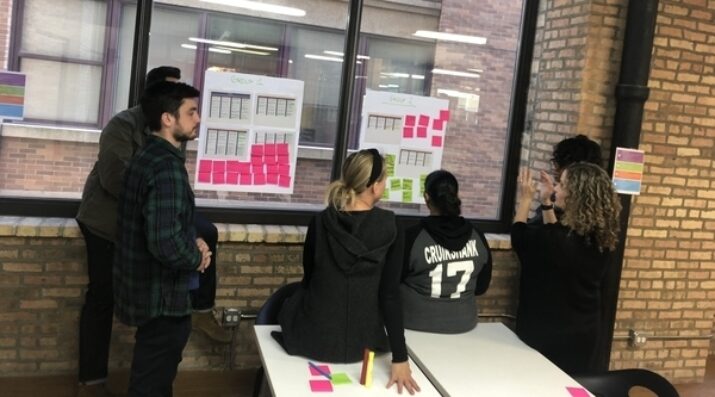
Educators are the lead learners in schools. If they are to enable powerful, authentic, deep learning among their students, they need to live that kind of learning and professional culture themselves. When everyone is part of that experiential through-line, that’s when next generation learning thrives.
In the Distinctive Schools network, teachers join design teams to provide expertise, consultancy, perspective, and critical feedback to strengthen solutions to shared problems of practice.
The educational landscape is constantly shifting. Whether it be a new teaching strategy, changing state or federal policies, or the adoption of a new curriculum or program, the one certainty is that the education of tomorrow is sure to be different from education as we know it today. While change is good and even necessary in today’s world, the initial reaction is often one of resistance. Resistance is often strongest when teachers do not have a seat at the table, when change is something that is done to them instead of done with them. A key to sustainable change that has a lasting impact is ensuring that teachers are key stakeholders throughout the process.
At Distinctive Schools (DS), our unofficial mantra is “with teachers, by teachers, for teachers.” We firmly believe that educators at every level of the organization, regardless of years of experience, deserve to have their voices heard. More importantly, we are committed to listening to our teachers, respecting their expertise, and using their insight to inform both network and campus-level decisions.
One structure that DS has developed to honor teacher voice is our design teams. Every year, DS identifies a select group of focus areas that we will either roll out or refine in the coming school year. For example, this year’s focus areas are 1.) Personalized Learning; 2.) Grading and Reporting; 3.) Social-Emotional Learning (SEL); and 4.) Multi-tier System of Supports (MTSS). In the initial stages, DS identifies a core design team. The core design team is a group of 4-6 campus and network leaders who have the leadership capacity and historical context to lead the organization’s efforts related to the focus area. This core group meets to determine the problem of practice, build systems using a design process, and set broad goals for the year. With these broad goals established, we then invite teachers to join an expanded design team and begin a year of learning and leading together.
The expanded design team is a larger group of advisors that provide expertise, consultancy, perspective, and critical feedback to inform and strengthen the work. These advisors help share the message with others and take the learning and information back to their campus and support their peers in moving to action. The expanded design team is open to all educators in the organization. A paraprofessional, a first-year teacher, or a member of the network team may all apply to join. Expertise and experience are not deciding factors; rather, it is about showing a genuine interest in the work, a commitment to and passion for continuous learning and growth, and a willingness to take risks and trail-blaze.
Recently, the Personalized Learning expanded design team met for a full day of learning and leading together. The members represented both our Chicago and Michigan regions and included both teachers and leaders. The day began with a dive into the Learner-Focused component of the LEAP Learning Framework. The team conducted a crosswalk between this framework and the DS teaching framework to look for connections in the language as well as potential gaps.
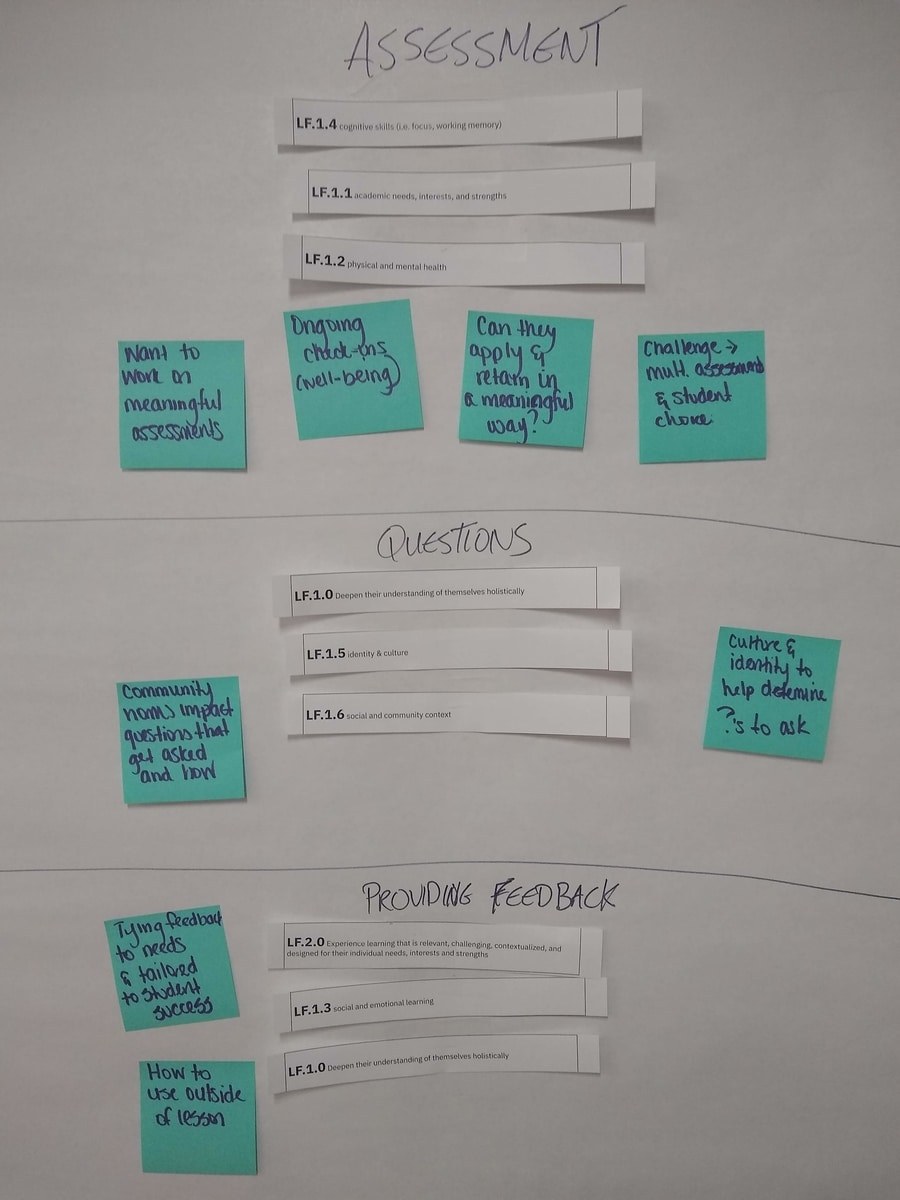
Expanded design team (EDT) members engaged in a crosswalk between the Assessment, Questions, and Providing indicators of the DS teaching framework and the Learner-Focused guidelines of the LEAP Learning Framework.
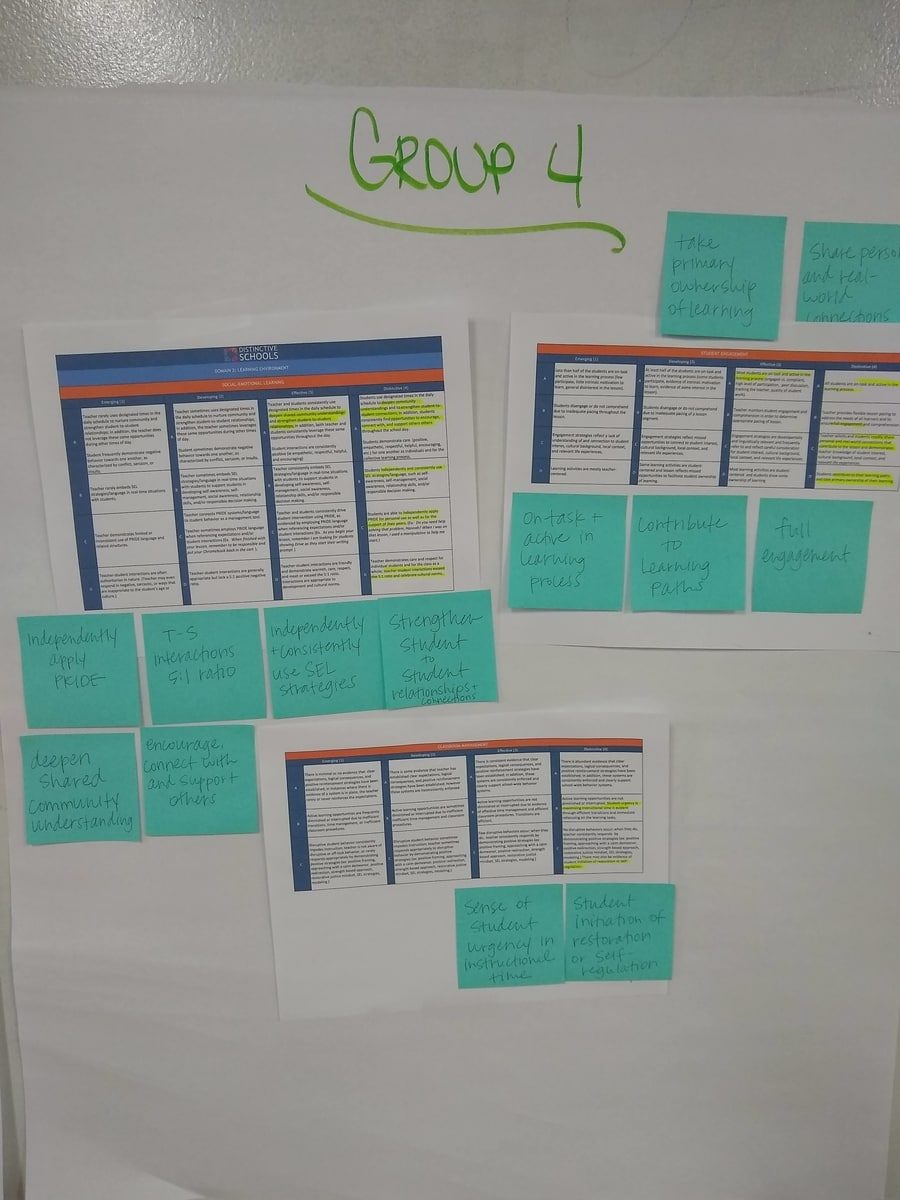
EDT members analyze the teaching framework for evidence of learner-focused language.
Once the team had a deeper understanding of what “learner-focused” means, we moved into planning how to apply the new learning in our individual contexts. Design team members collaborated in smaller groups to set a goal, share resources, and provide feedback and support to one another. Claire Kreller, K-2 instructional coach and teacher at CICS Irving Park shared, “Having time and space to dig into the research around a topic that is meaningful to you, your practice as a teacher, and your students’ learning is extremely valuable. Not only that, but expanded design team members are able to leave with a strategy or idea they can implement the next day. We aren’t told what to do or how to do it, but are linking arms with other team members and working together to determine what our next steps should be.”
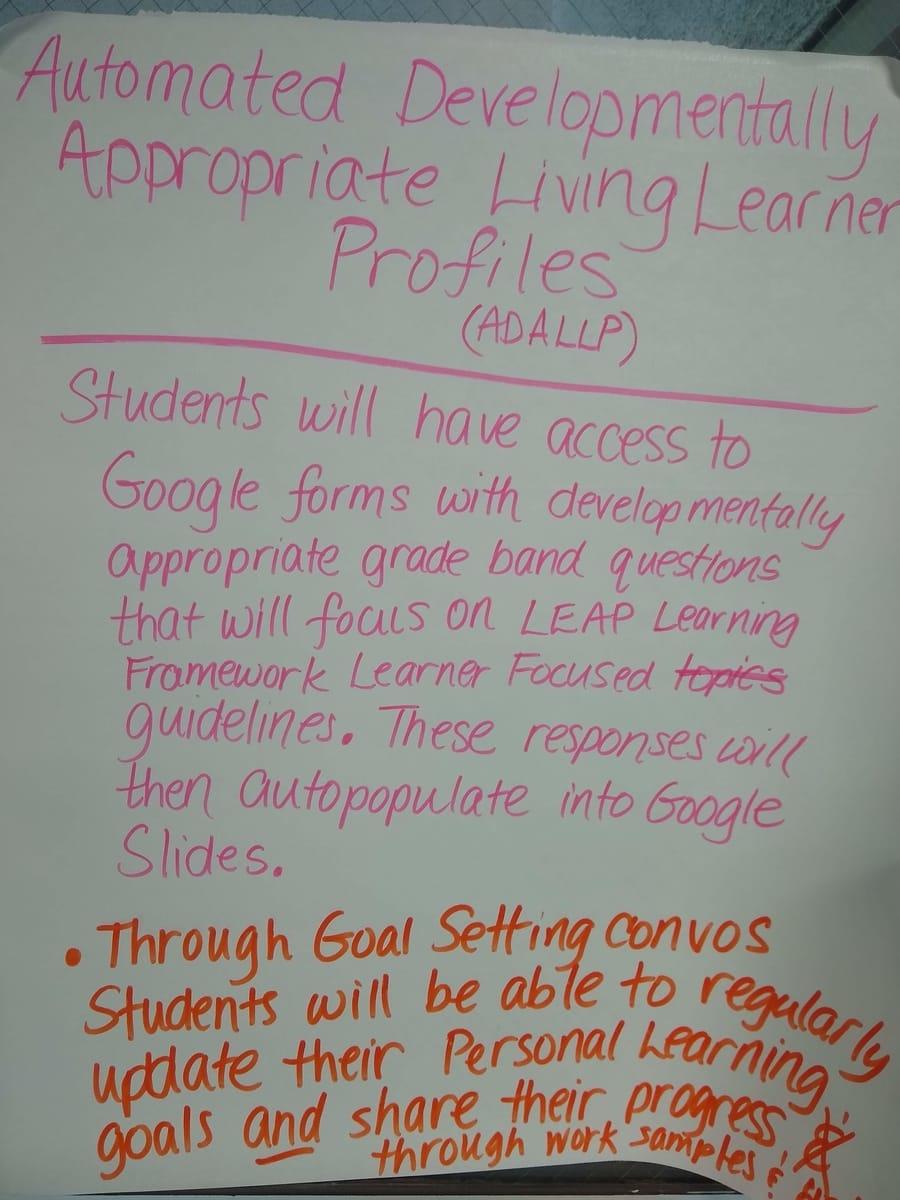
EDT members worked in teams to set a learner-focused goal for the 2019-2020 school year.
At the end of the day, the team identified shared commitments that all will uphold throughout the year. These commitments are not prescribed or pre-determined; rather, they are designed by the team and, as a result, reflect each member’s values and beliefs. A commitment to “keep students and teachers at the forefront of our work” resonates more deeply when it comes from the lived experience, which is exactly what the expanded design team provides.
The ultimate goal for any of the DS design teams is to positively impact the student learning experience through improved teacher practice. Making progress toward and eventually achieving this goal requires a shared vision, a willingness to push one’s practice, and a responsibility to share one’s learning with others. The people who are in the best position to have this impact are the teachers themselves. The DS design teams give every teacher the chance to have their voice heard and to shape the future of both the DS classroom and the organization as a whole.
Photo at top, courtesy of Distinctive Schools: EDT members analyze and discuss the connections between the DS teaching framework and the LEAP Learning Framework.

